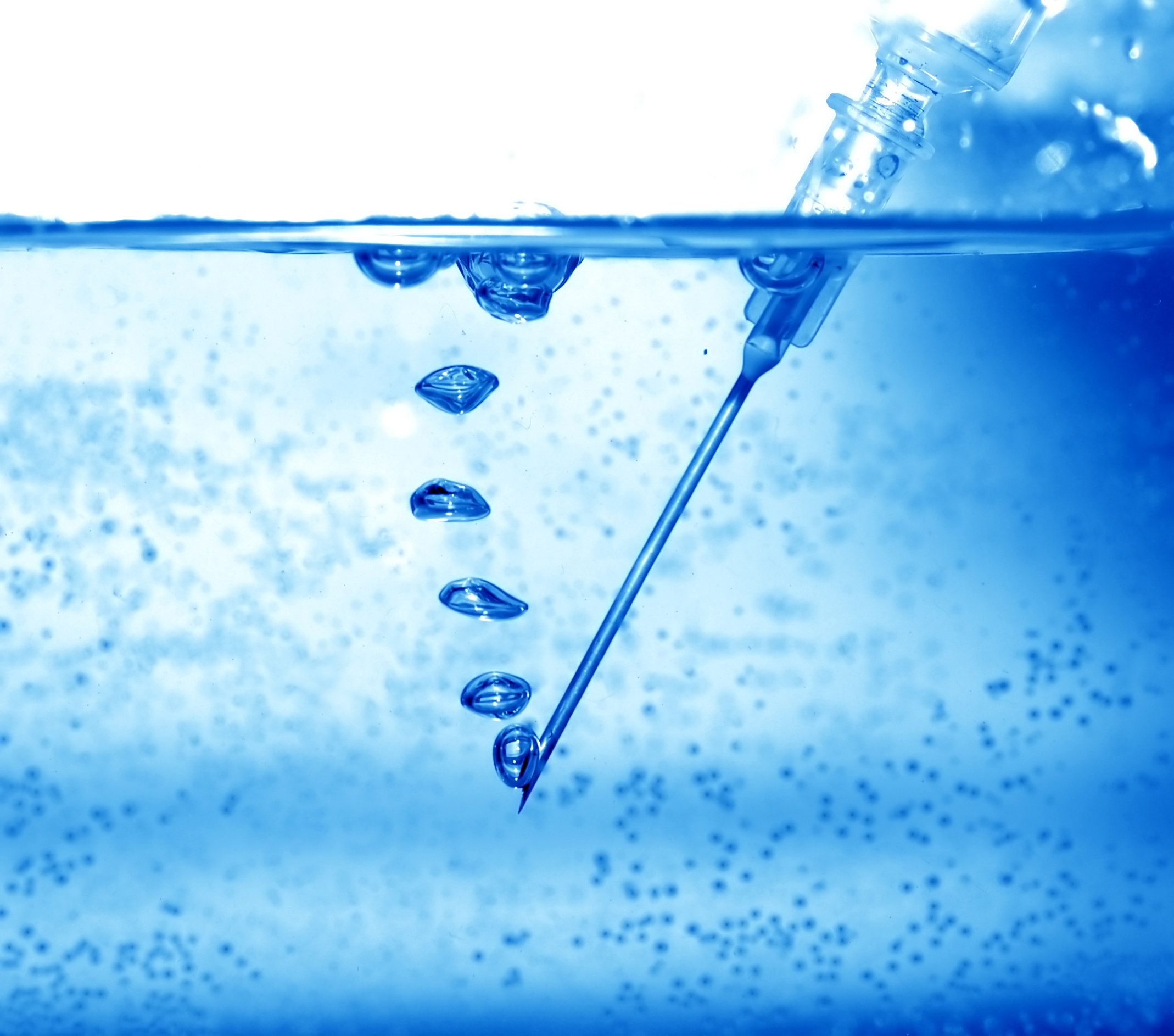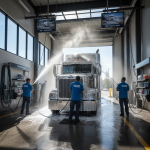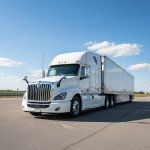Does Your Tractor Trailer Wash Need a Water Softener?
How to Get a great cleaning spot-free Tractor Trailer Wash
Tractor Trailer wash businesses in areas with hard water may experience issues with spotting after washes, poor soap foaming and resulting over-consumption of detergents.
Hard water contains more calcium and magnesium than standard filtered water. These minerals are typically picked up when water flows through the ground.
The extra ions don’t evaporate along with the rest of the water and that’s where residue and spotting can start to show up.
Luckily there are ways to fix hard water and stop it from flowing through your Tractor Trailer wash. That way your customers drive away with a spot-free shine.
Soft wash water is critical to optimize wash equipment performance, especially in reverse osmosis (RO) systems, and use your chemistry as efficiently as possible. With soft water, you’ll be able to use less presoak and detergent and still achieve optimal chemical performance resulting in clean tractors. You’ll also improve your RO system’s performance and extend the life of your RO membranes.
Depending on the quality of your feed water, you’ll likely need a water softener in your wash to provide the best quality wash and customer experience. Water softeners are now extremely common in truck washes. By following a few important rules, you can maximize the performance and life of your systems while producing really clean and spot free wash results.
Softening water doesn’t take minerals out of the water. It exchanges sodium for the hardness minerals, calcium and magnesium, in more or less equal proportions. The TDS of softened water is essentially the same as that of hard water. Softened water has less calcium but more sodium. Softening is an advantage to the Tractor washer since the minerals in the softened water are easier to get rid of and don’t form the scaling associated with hardness, but high TDS water, softened or not, will produce spotting. With softened high Total Dissolved Solids water, you’ll still have spots. They’ll just be easier to wipe off.
Your Water Softening Options
The most commonly used way to reduce the calcium and magnesium content of your fresh water is installing a traditional water softener.
Your water softener will use sodium to replace the other unwanted minerals. Water softeners are found in homes and businesses around the country.
With softer water you can worry less about your soap being ineffective, as soft water provides better suds and lather.
However, water softeners just replace the hard water minerals with a softer mineral. The leftover salt from evaporation is easier to remove but it isn’t the spot-free rinse many customers are looking for. You can take the next step towards better Tractor Trailer wash results with reverse osmosis.
Reverse Osmosis Water
Rinsing Tractors with Reverse Osmosis Filtered Water
Water treated using reverse osmosis will not contain the calcium, magnesium or sodium that leaves spots behind on Tractors. These filters process softened water to give you a supply free of most extra minerals.
This water works perfectly for rinsing Tractors after washing or waxing. Then the water dries without leaving significant spotting behind.
When you use a reverse osmosis filter after softening your water you can effectively deionize or remove the minerals from your water. With the possibility of up to 95% sodium reduction you can promise that spot-free shine.
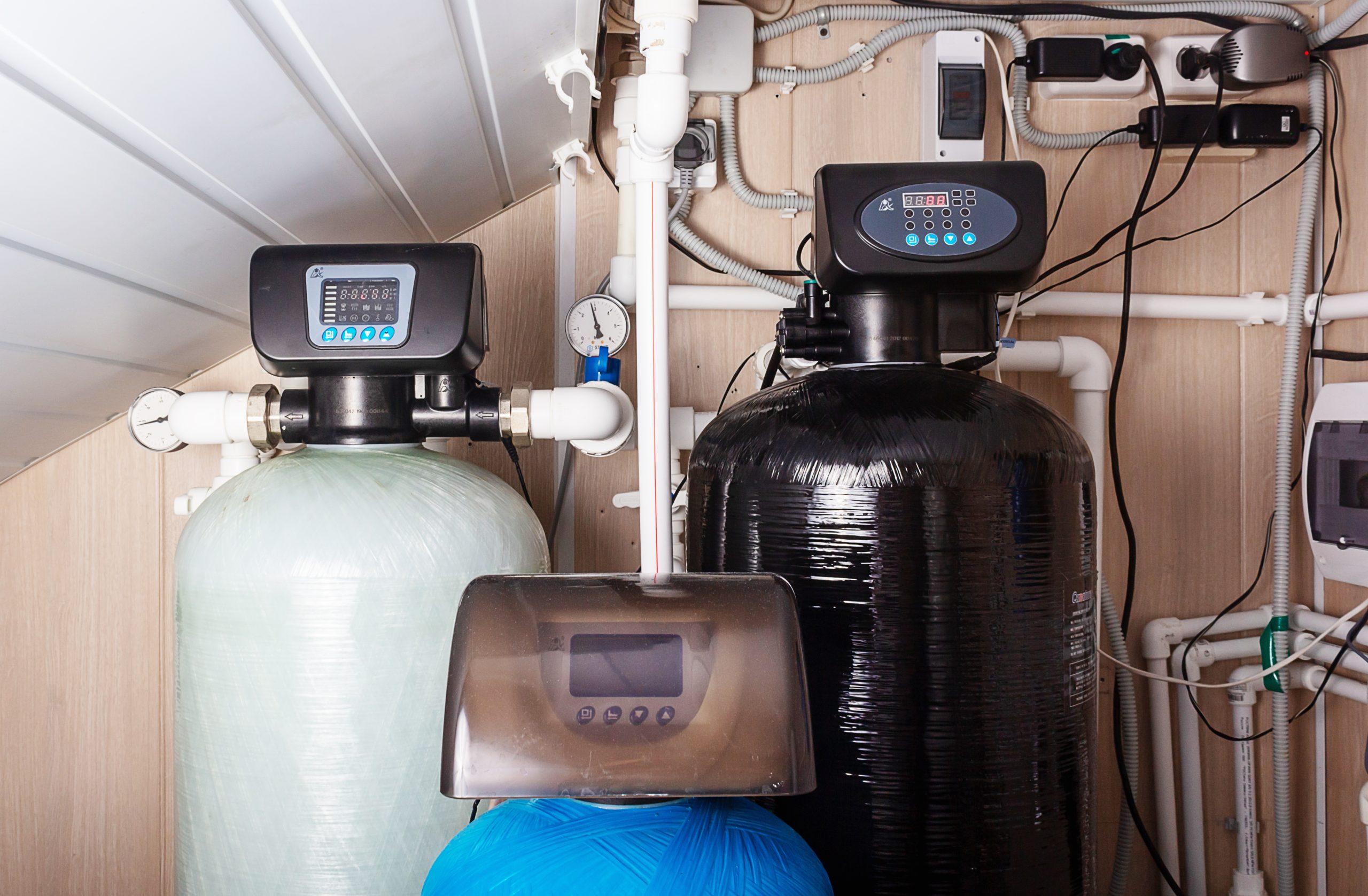
Do Reverse Osmosis Systems Waste Water?
Reverse osmosis (RO) is a common successful method of removing contaminants (calcium, magnesium, sodium) that cause water spotting and streaking in truck wash water. RO systems are great because they remove impurities, deliver really high-water quality, are easy to maintain, and create virtually spot free and streak free wash results.
Even though there’s great benefits to reverse osmosis, it can have its disadvantages too. From one perspective, it could be viewed as a wasteful and inefficient filtration process. Since it strips out the minerals from water, it uses water to create the demineralized product. Another potential drawback is that it requires an energy input (electricity) to operate which is a less green option than most other filtration processes which don’t need electricity. Luckily, the energy consumption is relatively low.
Therefore, the answer is yes and no. Depending on the type, quality, and age of an RO system, it can produce 3 – 25 gallons of waste water per one gallon of product water.
The reverse osmosis “waste water” argument
A traditional reverse osmosis filtration system uses more water than it produces of RO water. To produce a gallon of purified RO water, multiple other gallons of water are sent down the drain as reverse osmosis waste water. This is just a fact of the purification process.
During the reverse osmosis process, there is cross-flow filtration through a membrane. The pure water (also called “permeate stream” or “product water”) goes to the water storage tank, and the waste stream (also called “concentrate stream”, RO “reject water”, or brine) that contains all the removed contaminants and dissolved inorganics, goes down the drain to the sanitary sewer. This RO reject water may cost money to enter the storm sewer if local authorities charge for storm sewer water in- flow by volume.
All other types of water filters – mechanical filters (i.e., sediment filters), absorption / adsorption (i.e., carbon filters), sequestration (i.e., scale inhibitor filters), and ion exchange – do not generate wastewater. Essentially, all the fresh water that flows into these filters, flows out as treated water (minus the contaminants).
Reverse osmosis doesn’t waste water, it actually uses it
“Waste” is a bit misleading and we prefer to say a reverse osmosis system uses water. Some RO systems do in fact use way more water than others– which may be wasteful! – if they are not properly maintained or are low quality systems. (You have a new system at Tampa Best Wash that is not a high waste system and probably rejects approximately 1 gal. of water per 1 gal. of product waste produced).
We do not believe any water should be wasted pointlessly. By using RO water exclusively for your current hand washing operations, we calculate that you are sending twice as much water to the sanitary sewer than you are using for washing because for every gallon of wash water you are technically creating 2 gals of water with one gal. going straight to the sanitary sewer as RO reject waste water.
We believe you could save on waste water volume going into the sanitary sewer by using water-softened neutral PH water to wash while limiting RO water usage to only a finishing rinse upon exit of the vehicle.
The reverse osmosis debate is one of the most contentious water debates in America. RO naysayers say that water usage is a huge problem with reverse osmosis. However, this is misleading since there are other potential uses for the RO reject water that create water savings. In your current hand truck wash operation, we could collect the RO reject water (full of the minerals that were removed) into a 500 gal. tank and use it in the forth coming soap arches to be mixed with pre-soak and detergents to be applied to the tractors and other vehicles when entering the wash bays.
How much water does an RO system use?
Generally, the reverse osmosis process takes 4 gallons of water to make one gallon of purified water. The amount of water used is based on the water supply and the RO system’s efficiency. Factors include amount of contaminants present, number of dissolved solids in the water, water temperature, membrane recovery ratio, condition of filters/membrane, size of the system, the pressure at which it operates, age of RO system, type of membrane that is used, and more. For example, if the feed water is loaded with lots of contaminants, the system has to work harder (and use more water) than if the water supply had less contaminants.
| RO System | Brand new system | 1 year old membrane | 2 year old membrane | 3 year old membrane |
|---|---|---|---|---|
| HydroGuard (HDGT-45) | 3 gallons | 5 gallons | 8 gallons | 10 – 25 gallons |
| Watts Premier (5SV) | 3 gallons | 5 gallons | 8 gallons | 10 – 25 gallons |
| Whirlpool (WHER25) | 3 gallons | 5 gallons | 8 gallons | 10 – 25 gallons |
| iSpring (RCC7) | 3 gallons | 5 gallons | 8 gallons | 10 – 25 gallons |
| Other ROs | 10 gallons | 10 – 20 gallons | 10 – 25 gallons | 10 – 25 gallons |
The chart above shows approximately how many gallons of reverse osmosis waste water per gallon of product water (average water conditions). You’ll notice that as a system ages, the more water used. This comes down to the membrane. With time and use, it fills with more contaminants, so the concentrate stream increases to keep producing pure water, and more water is ultimately sent down the drain.
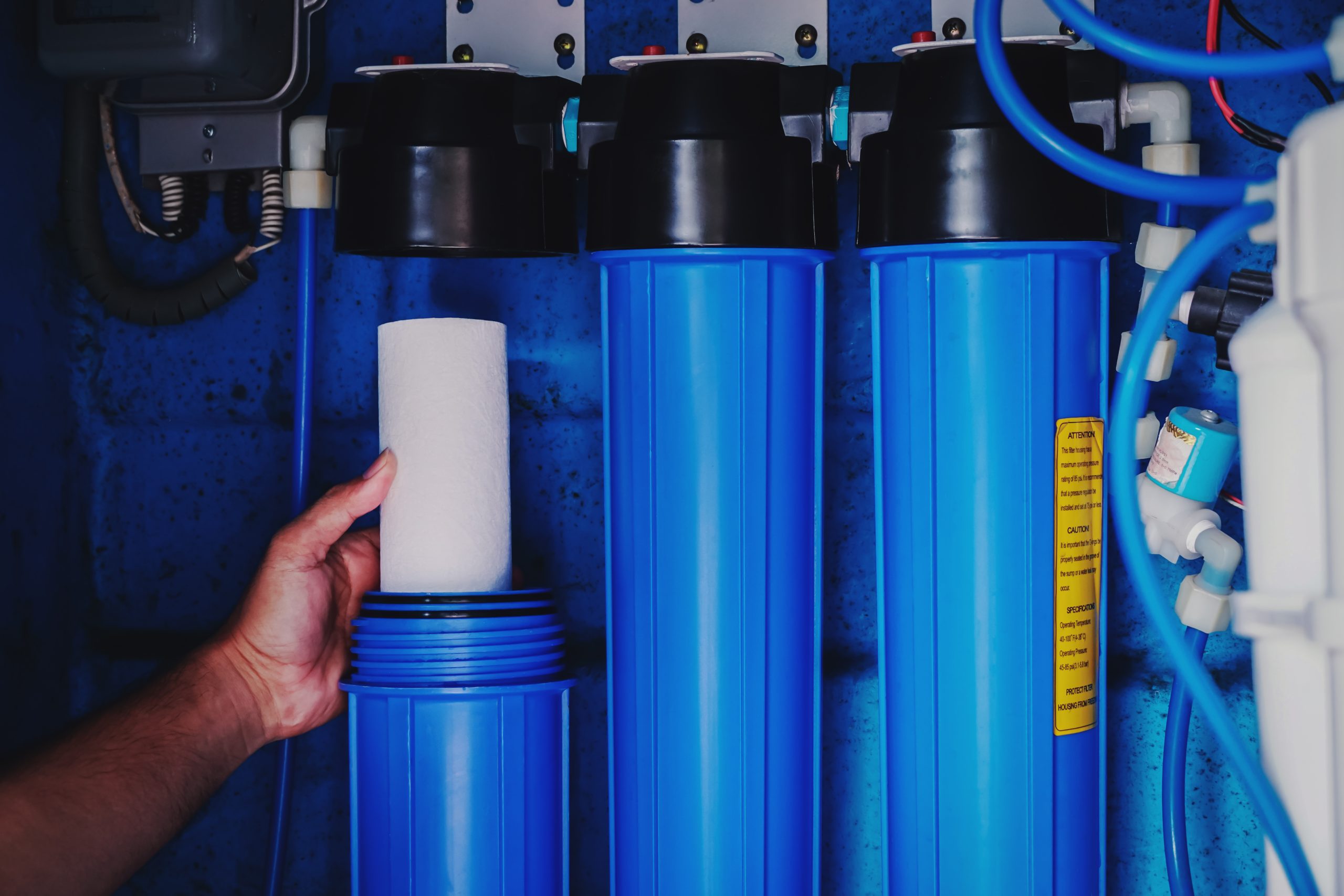
What does the membrane recovery ratio mean?
Membrane recovery ratio is how much water is being “recovered” as RO Product Water. It impacts how much water a RO system uses. The higher the recovery ratio, the less drain water. However, some RO designs cannot handle high recovery rates since it leads to membrane scaling and premature fouling. Keep this in mind if the manufacturer is stating an exceptionally high recovery rate.
Most residential RO systems have an actual recovery rate of 10-25%, even if a manufacturer claims a reverse osmosis membrane has a 95% recovery rate. The recovery rate is what would be recovered if the incoming water is near perfect. Let’s face it: very few, if any of us, have perfect incoming feed water otherwise we probably wouldn’t need a reverse osmosis at all.
Many RO manufacturers do not openly disclose their ratios probably because they can be high and it would probably frighten customers away. If a manufacturer does not state the waste water ratio definitely ask about it before purchasing a system. The production ratio does depend on a variety of factors like listed above, but a manufacturer should be able to provide a good estimate of a waste water ratio.
How often should a RO membrane be replaced?
The RO membrane is the workhorse of the system and should be replaced once every two to three years, depending on usage volume. If you have lots of contaminants in your water, you may need more frequent membrane replacements. Be sure to check with the manufacturer since not all membrane life is the same. A brand-new membrane is at optimum efficiency and less water goes to drain. For example, if you replace the membrane in your current RO system at year two, the waste water ratio will likely return to 1-3 gallons of water sent to drain per gallon of RO water produced.
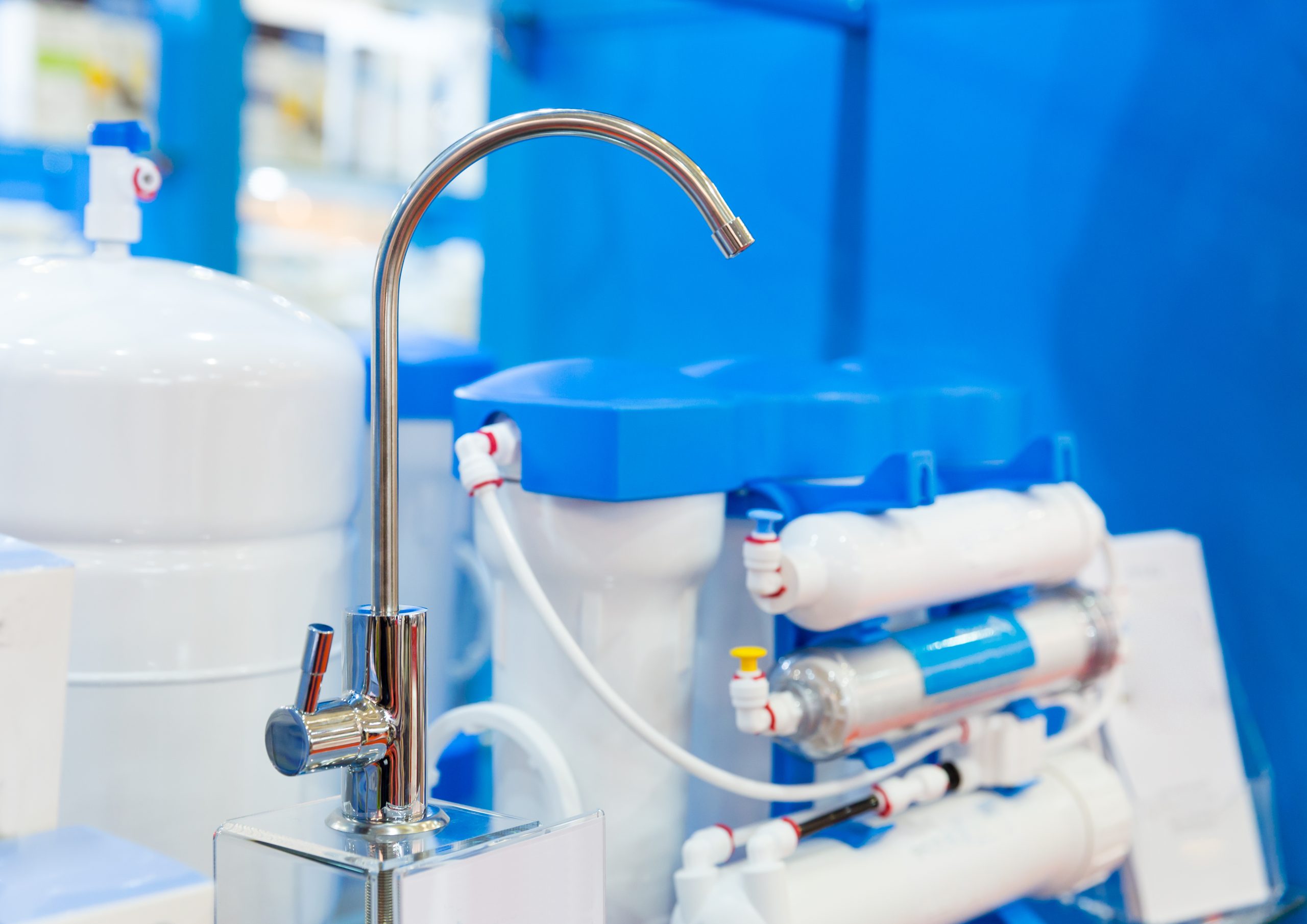
How does reverse osmosis work?
The basic idea behind reverse osmosis is to separate out the contaminants from the water molecules using a semi-permeable membrane. An RO membrane – which has a pore size of approximately 0.0001 micron – does this by removing ions, molecules, and particulates from drinking water.
This separation occurs in two steps: first, a pressure difference forces water through a semi-permeable membrane into an area where the concentration of dissolved solids is much higher than outside the membrane. Second, the concentrated solution passes back through the membrane, leaving purified water on the other side.
A reverse osmosis system eliminates virtually everything in water including the majority of dissolved solids and minerals. In fact, reverse osmosis water is pretty much “tasteless” since it is completely pure and free from minerals, inorganic salts, chemicals, and other organic and inorganic compounds.
Do you need a Water Softener or a Reverse Osmosis Water System or Both?
The answer is both. The best tractor trailer wash water, of course, is low TDS water. Removing all of the mineral content of water, however, is not practical in most cases. The process of deionization removes all the minerals and will certainly produce a spot-free wash, but it’s impractical because of the expense.
Tractor Trailer Detergents
You may want to learn more about Tractor/trailer wash detergents. A good primer is the LazrTek article:
Truck wash detergents: Unveiling the main ingredients
